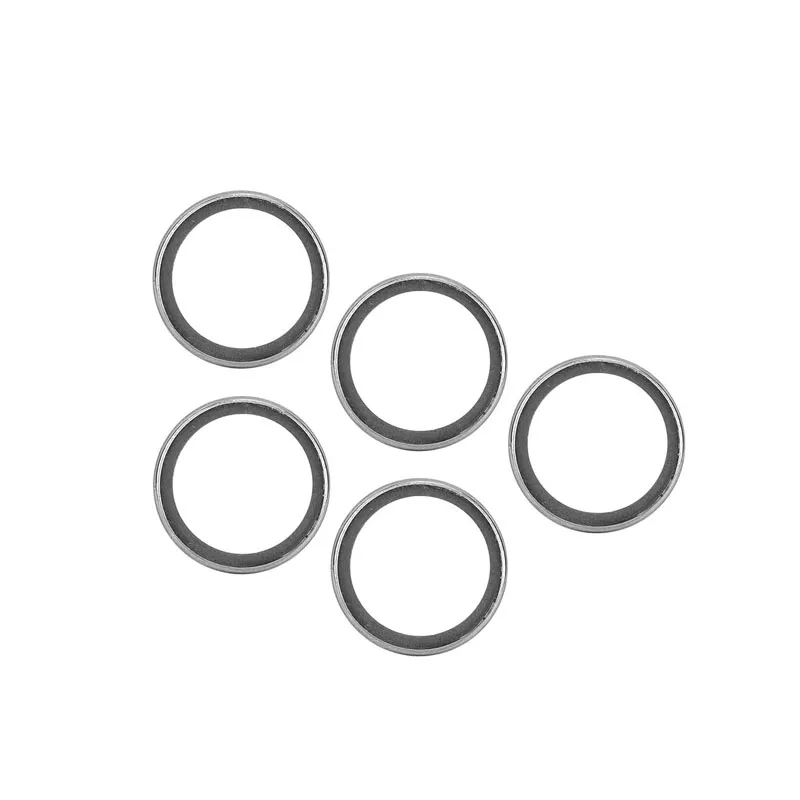Front Differential Pinion Seal Maintenance and Replacement Guide for Optimal Performance
Understanding the Front Differential Pinion Seal Importance and Maintenance
The front differential pinion seal is a crucial component in the complex assembly of the differential system in vehicles, especially those equipped with four-wheel drive or all-wheel drive systems. This seal is designed to prevent lubricating fluid from leaking out of the differential housing where the pinion gear enters. The integrity of this seal is vital for the overall health and performance of the vehicle’s drivetrain.
Function of the Front Differential Pinion Seal
The primary function of the front differential pinion seal is to keep the differential oil contained within the housing. Differential oil, also known as gear oil, lubricates the gears, allowing them to operate smoothly and efficiently. It also helps dissipate heat generated through friction during operation. A properly functioning seal ensures that the oil does not leak out, which could lead to inadequate lubrication and potential damage to the gears, causing a breakdown or costly repairs.
Additionally, the pinion seal protects the differential housing from external contaminants, such as dirt, dust, and water. If these contaminants were to enter the differential, they could mix with the oil, leading to accelerated wear and tear on the gears and other components.
Signs of a Failing Pinion Seal
Over time, the front differential pinion seal can wear out due to various factors, including heat, vibration, and the natural aging process of rubber materials
. There are several warning signs to look out for that may indicate a failing pinion seal1. Oil Leaks One of the most obvious signs of a failing seal is the presence of gear oil leaking from the front differential. This can often be noticed as dark fluid pooling underneath the vehicle.
front differential pinion seal

2. Noisy Differential If the differential starts making unusual noises such as grinding or whining, it could indicate that it is not receiving adequate lubrication, possibly due to a failing pinion seal.
3. Fluid Contamination If you notice milky or cloudy differential fluid, it may suggest that water has entered the differential housing, which can happen if the seal is compromised.
4. Low Fluid Levels Regularly checking the differential fluid level is essential. If you find it consistently low, it might be due to a leak at the pinion seal.
Maintenance and Replacement
Maintaining the front differential pinion seal involves regular inspections and checks on the differential fluid level. It’s important to follow the manufacturer’s recommended service intervals for fluid changes and inspections. If you notice any signs of a failing seal, it is prudent to address the issue immediately to prevent further damage to the differential assembly.
Replacing a worn or damaged pinion seal is not an overly complicated process, but it requires some mechanical knowledge and the right tools. In many cases, it is advisable to seek professional assistance to ensure that the replacement is done correctly. The job may involve removing the driveshaft and possibly other components to access the seal effectively.
In conclusion, the front differential pinion seal is a small yet vital piece of automotive engineering. Understanding its purpose and recognizing the signs of wear can help vehicle owners maintain the health of their drivetrain and avoid costly repairs down the line. Regular maintenance checks and prompt action when issues arise can prolong the life of the differential and enhance the overall performance of the vehicle.
-
Understanding the Importance of the Crankshaft Oil Seal in Engine Performance
News Jun.16,2025
-
The Unsung Heroes of Engine Protection: Understanding Automotive Shaft Seals and Oil Seals
News Jun.16,2025
-
Keeping the Engine Tight: The Role of Crankshaft Seals and Gaskets in Oil Control
News Jun.16,2025
-
Complete Protection in Harsh Conditions: A Deep Dive into Cassette Seals
News Jun.16,2025
-
Choosing the Right Oil Seal: A Guide to Trusted Brands and Suppliers
News Jun.16,2025
-
Advanced Sealing Technologies: Exploring the Range of Modern Oil Seals
News Jun.16,2025
-
Your Essential Guide to Car Repair Kits: From Rust to Dings
News Jun.13,2025
Products categories















